Exciting Competition for British Rarities at the NYINC January 2024
Multiple auction companies offered an intriguing array of coins at the largest international show of the year held in the USA.
In the United States, the leading event for world coins is the annual New York International Numismatic Convention (NYINC), which was held in 2024 from January 5 to 14 at the InterContinental New York Barclay hotel on East 48th Street in Manhattan. Heritage, CNG, the Goldbergs plus associates, and Stack’s Bowers all conducted live auctions at the hotel with in person bidding. The main topic here is the exciting competition for British rarities in the Heritage Platinum session on Monday, January 8, though coins from elsewhere in the world are cited herein as well.
Heritage uses the term Platinum as a name to refer to leading auction sessions, which are usually unrelated to the metal called platinum. Three of the most important of all British rarities were represented in this one sale, and an example of the most famous British coin was included as well. The fact that the British portion was the most notable segment of the Platinum World Session on Jan. 8 does not indicate that British coins brought the strongest prices.
Results for British coins were very much mixed. There were very strong, strong, moderate and weak results, perhaps moderate overall. Indeed, several British rarities were good deals for the buyers. Results for Eastern European and Southern European coins in this same Platinum auction session were stronger, on average (not in every case), than results for British coins. Though markets for Russian coins have yet to be driven again by powerful bidders like those that caused prices for Russian coins to skyrocket from 2004 to 2008, results for Russian coins in this auction were well above recent trends.
French coins brought strong prices, too. An exception may be an NGC graded MS65 1691-D gold Louis XIV coin, which really is very impressive. The $9,000 result is moderate, perhaps a good deal. NGC has not graded many pre-1700 coins as MS65!
Although Heritage Platinum sessions in the past have featured more impressive offerings of South American coins, those in this session tended to bring retail prices. A really neat Brazilian coin comes to mind, an NGC graded AU58 1781-B 1600 Reis gold coin. This has approximately the same gold content as a ducat or zecchino, the standard for gold coins in Europe for centuries. This coin has just very light friction, less so than many coins that have been NGC graded as MS61 or higher. It is well struck, with just a small number of small contact marks and minor hairlines about. Greenish colors and coppery areas are appealing. At a glance, it almost appears to be a Very Choice Uncirculated coin. Heritage auctioned this same coin with the same NGC serial number for $35,250 on Sept. 26, 2013. On Jan. 8, 2024, it brought $50,400.
Regarding European colonies that were far from Europe, specially made presentation pieces of the Dutch East Indies, dating from 1755 to 1839, brought at least medium-retail prices. Markets for these have been hot recently. The prices realized for the two German New Guinea coins were surprisingly high. Both were dated 1894-A, products of the Berlin Mint. An NGC graded MS65 Five Mark coin brought $25,200. On Aug. 17, 2023, Heritage auctioned a different, though better example with the same NGC grade, for $17,400. On Jan. 8, 2024, a fairly graded and very attractive, PCGS certified Proof-64-Cameo Five Mark coin brought $55,200, a very strong price.
The strong prices realized for an assortment of coins from around the world in this Platinum auction session is beside the theme that the offering of British coins has tremendous historical and cultural importance. For centuries, the primary coin in the British Isles was the ‘silver penny.’ The first national gold coins of England were not issued until 1257 under the reign of King Henry III.
At first, each Henry III gold coin was denominated as twenty pence, thus intended to be equivalent in value to twenty silver pennies. For multiple reasons, this first English gold coinage issue was not a success in terms of consumer acceptance or economic efficiency. After minting these for a short time, probably ending in 1259, the Royal Mint in London did not mint gold coins again until a new program was commenced by King Edward III in 1343, that of the Double Leopard, Single Leopard and Half-Leopard (Helm).
There is widescale agreement that just eight Henry III gold coins survive. Three are in the British Museum in London and one is in the Fitzwilliam Museum in Cambridge.
King Henry III ruled from 1216 to 1272. Reportedly, there survives a formal order by King Henry III, which was dated Aug. 16, 1257, commanding government officials to accept the new gold coinage as being equivalent to twenty pennies sterling.
Steve Hill, the leading coin expert at Sovereign Rarities in London, explains that “the denomination was revalued to twenty-four pence in 1265. King Henry III was recorded on three occasions from 1265 to 1270 buying in these gold coins for twenty-four pence, rather than twenty.” It is thus believed that thousands were minted and they were around for “a twelve year period in circulation,” Hill adds.
These Henry III gold coins were certainly minted in 1257, likely to have been minted in 1258 and maybe were minted in 1259 as well. Steve Hill emphasizes that, while these Henry III gold coins could have “been minted from 1257 to 1262,” it is unlikely that any were minted after 1259. There are surviving accounts of King Henry’s expenditures “from 1259 to 1261 that show the king selling some of his stock of gold coins at unfavorable prices based on a worse gold:silver ratio, which would also mean production of such gold coins was not viable at that time,” Hill figures.
The Henry III gold coin in this auction has been bent and is in an NGC ‘Details’ holder. The color is appealing enough. It exhibits considerable detail.
In January 2021, Heritage auctioned an NGC graded MS-63 Henry III gold piece, which is now in The Tyrant Collection. It was on display, along with The Tyrant’s other British coins, at the ANA Convention in August 2023.
On January 8, I recollect the auctioneer starting with a bid of $210,000. There were more than a few seconds of silence, which seemed like a long time, and some people in attendance thought that the bidding would then end without fanfare. One prominent dealer from London later told me that he momentarily figured that the bidding would close at the same $210,000 level it opened.
Energy developed in the room. Steve Fenton bid $220,000 (+20% = $264,000). An Internet bidder bid $240,000. Fenton came back with a bid of $250,000 (+20% = $300,000). Someone in the room bid $260,000 and someone else in the room bid $280,000. From my vantage point, I could not see the actions of every single floor bidder. I am certain that Ian Goldbart of Sovereign Rarities bid $320,000 (+20% = $384,000). David Guest of CNG then bid.
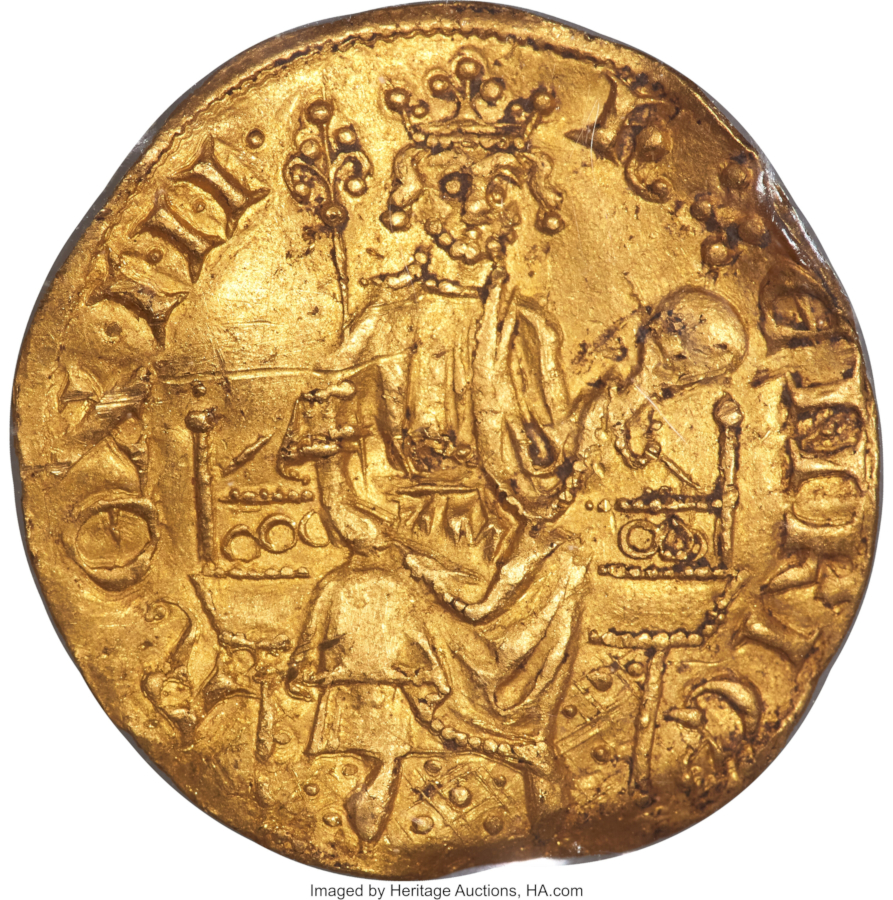
Ian was still competing as the level reached $370,000. Someone bid $380,000. Goldbart bid $400,000 ($480,000) and then David Guest of CNG became the successful bidder with a bid of $420,000 (+20% = $504,000). Guest revealed to me that CNG was acting on behalf of a collector and Ian Goldbart stated that Sovereign Rarities was attempting to “buy it for stock.” Ian said to me that he did not have a buyer in mind. Steve Fenton was also seeking to acquire this Henry III gold piece “for inventory.” Fenton’s firms are Knightsbridge coins and Saint James Auctions.
Earlier, this same Henry III gold coin sold in a Spink Auction in London on January 21, 2022. The Spink website indicates a price realized of 540,000 GBP. If this does not include a 20% buyer’s premium, then the total with a 20% premium was 648,000 GBP, about 878,338 U.S. dollars at the time. I did not attend that auction and I have not verified that price realized. Interested collectors should confirm that auction result with Spink. It is important to emphasize, though, that this coin was then a dramatic new discovery, a coin that had been found by chance in 2021. It is also true that market levels for British rarities were higher in January 2022 than they were in January 2024.
The $504,000 result for this coin in January 2024 was a little stronger than the $720,000 result for the NGC graded MS63 Henry III gold coin in January 2021. That $720,000 coin was of very impressive quality for such a coin, especially in terms of color and relative originality. It is really or should be worth much more than the presently discussed piece, though these are two of just four outside of museums. This $504,000 coin, however, is more appealing in actuality than catalogue descriptions or images might suggest. This is also true of the Single Leopard in this same Platinum session.
In terms of fame, historical importance and rarity, the greatest gold coins of the British Isles are the Double Leopard, the Single Leopard and the Half-Leopard of 1343-44. The Half-Leopard is also called a Helm. Just three Double Leopards, five Single Leopards and five Helms survive, a majority of which are in museums.
The three Leopard denominations of 1343-44 were the first gold coins of England that were designed for affluent consumers, substantial business transactions, the savings of large sums, and especially international trade. They were indicative of economic growth in England, yet relate more to increasing international trade and the emerging role of England as an international economic power.
The historical meaning of the Leopard coin program requires a separate discussion. It is important that they were designed to be consistent with the coins and monetary standard that had evolved during the 1200s in the region now known as Italy. The British Leopard was intentionally consistent with the gold florin of Florence, which was followed by the zecchino (ducat) of Venice later in the 1200s. The Leopard coin is often called a florin by historians, and is of the ‘ducat’ standard that characterized much gold coinage in Europe in centuries.
Edward III Leopard coins would have proved useful in Southern Europe, including for direct and indirect trade pertaining to parts of Asia and Africa. The Leopards, however, were inconsistent with the prevailing monetary arrangements in the British Isles and relevant areas of Northern Europe. The Edward III Leopard gold coin system was discarded and replaced with the Gold Noble coin system soon afterward.
The Single Leopard in this Heritage auction was certified by NGC as Uncirculated Details. It is non-gradable, yet I like it. Actually, I attempted to persuade a client to compete for it, though he was not interested.
The historically important imagery is discernible. The color of this Leopard is much better than I thought it would be, beige-gold with russet-orange tints. Luster shines here and there, especially on the reverse. An indentation on the edge annoyed other coin enthusiasts who I know, though I have seen such indentations on so many pre-1700 coins that I have become accustomed to them. There are some scratches, though these are minor. The pricks in the middle of the coin are extremely small, and are not very bothersome. The reverse is much nicer than the obverse. Indeed, the reverse is rather bold.
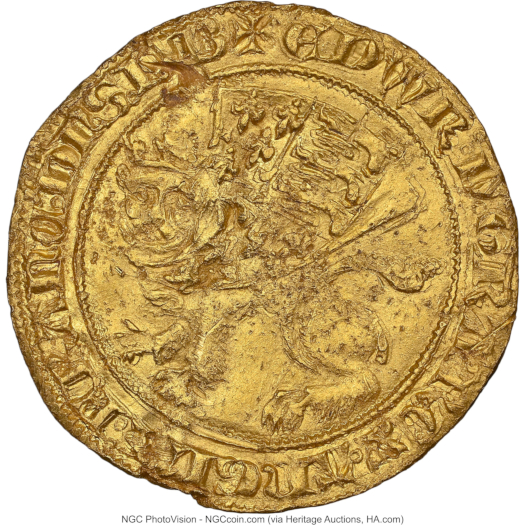
On March 8, 2022, Noonan’s auctioned this same Single Leopard in England for 173,600 British pounds, approximately $227,416 at the time. On Jan. 8, 2024, after opening at $62,500 (+20% = $75,000), there was a good deal of floor bidding before Ian Goldbart, managing partner of Sovereign Rarities, bought it “for stock” for $132,000. In March 2022, however, it was a new discovery that had never been auctioned before, thus the freshest that it could be. From a financial perspective, it might not make sense to sell such a coin less than two years after acquiring it. Fresh coins, especially new discoveries, usually generate much more excitement than coins that have been recently auctioned or otherwise publicly offered.
A Henry VIII Gold Sovereign (a large and imposing coin) was mildly fresh as it has, as far as I know, been off the market for more than five years. It was NGC certified as being non-gradable with AU Details. In a Heritage auction seven years ago, also at a NYINC, it realized $42,300. On Jan. 8, 2024, it opened for $12,500 and closed at $26,000, a weak price.
Though this Henry VIII Gold Sovereign is a shade or so too light, the color overall is relatively original and very attractive. Indeed, the dominant slight beige-orange color and subtle green tints are memorable. Despite some negative technical characteristics, this coin has the details of an AU53 grade coin and an impressive appearance overall.
Additionally, in a political and historical sense, early Gold Sovereigns are much more important than those minted after 1816, which are really a different denomination. Besides, no king is more famous than Henry VIII. His second daughter, Elizabeth I, is very famous, too.
The next lot, an NGC graded AU58 Elizabeth I Gold Sovereign was also in the just mentioned January 2017 NYINC Heritage auction. This same coin realized $25,850 in 2017 and $55,200 in 2024, more than twice as much.

An NGC graded MS62 1652/1 Commonwealth Crown, which is similar in some ways to a silver dollar, realized $14,400 after a noteworthy bidding contest. I believe that it opened at $7,500 and then Stephen Fenton bid $8,000. After more bidding along the way, Fenton was the underbidder at $11,500, and a Heritage Live participant won the lot with a bid of $12,000 (+20% = $14,400), a moderate price.
This exact same 1652/1 Commonwealth Crown was auctioned by Spink in London on Sept. 25, 2017, for 9,000 GBP if the buyer’s premium was 20%, which amounted to around $12,120 at the time. Market levels for British coins were very different in January 2024 than they were in September 2017.
The edge cannot not be analyzed while this coin is in its current holder. Assuming the edge is decent, this 1652/1 Crown is an excellent coin. Mint-caused edge defects are not really distracting, Importantly, there are almost zero contact marks and hairlines in the fields. Though nowhere near perfect, this coin is certainly superior to many of the Commonwealth Crowns that I have examined. It is important to have realistic expectations about a coin that was minted during the 1650s!
If not for some light friction, this 1652/1 Crown would have merited a grade above 62. The gray and green blend is normal, expected, and appealing. The gray-violet and violet-russet tints are entertaining and are often seen on British silver coins from past centuries.
Even though a majority of British coins and patterns from the 1600s appear primitive by twentieth century standards, there are some coins and patterns that are amazingly well made. Certainly, 1656 Cromwell Broads (twenty shilling gold pieces) are incredibly well made in the context of European coinage during the 1600s.
Evidently, Proof 1656 Twenty Shilling (Broad) pieces of Oliver Cromwell are the first Proof coins struck in the British Isles. At the moment, I do not recollect ever seeing a true Proof coin from any nation that was dated or certainly struck before 1656. Besides, these are really cool. Connoisseurs of Proof coins must feel compelled to inspect Proof Cromwell Broads under 10x magnification and note physical characteristics that are astonishing for any pre-1800 Proof and mind-boggling for a pre-1700 coin.
This same Cromwell Broad was NGC certified Proof-63 Cameo and was earlier in the Stack’s Bowers auction of the Thomas Law Collection at an ANA Convention in August 2013 where it realized $76,375. In August 2018, also at an ANA Convention, Heritage auctioned a PCGS certified Proof-63 Cameo 1656 Broad that was extremely similar to this one, for $78,000.
The market value of this 1656 Broad is greater in 2024 than it was in 2013 or 2018, though not as high as its value was in 2021 or 2022, in my view. The eye appeal of this particular coin, however, is extraordinary. For a client, I estimated its value before the auction. I figured that a moderate price would be $87,000, a fair collector price would have been $115,000, and a very strong price was $142,500. As it brought $138,000, the result was in the very strong range.
It is true that, in January 2022, while market levels for British rarities were higher than they were in January 2024, Heritage auctioned a PCGS certified Proof-63 Cameo 1656 Broad for $108,000. I saw that coin, and the presently discussed coin is substantially superior to that Broad and that coin might very well have realized less than $108,000 had it been auctioned on Jan. 8, 2024.
The Petition Crown patterns of 1663 are also amazingly well made. Though not Proofs, they are special in very important ways. Petition Crowns are discussed in a recent article of mine. They are the most famous of all British silver numismatic items. For the one in this sale, two phone bidders battled after the level surpassed $700,000. The final price, $960,000, was, by far, a record for a Petition Crown, and I believe is now the auction record for any coin, pattern or medal in silver from the British Isles, though I have not investigated every possible sale.
As for the strength of the $960,000 result, it is relevant that at the NYINC in January 2018, a coalition of the Goldbergs and Sovereign Rarities auctioned a PCGS certified Specimen-53 Petition Crown for $649,000. The presently discussed NGC graded MS62 piece is very much superior to that one and it is well known that Greg Holloway is asking a dramatically higher price for the PCGS graded 63 Petition Crown. The $960,000 result on Jan. 8 was considerably strong, though not extremely strong.
Though not as rare as Leopards and not as famous as Petition Crowns, the Five Guineas gold coins of Queen Anne (1701-14), especially pre-union dates (before 1707), are particularly rare and highly prized. Although the 1703 Vigo issues are the most famous and historically important, pre-1707 Queen Anne 5G gold coins in general are very rare. On May 1, 1707, the parliaments of England and Scotland were formally integrated into one.
The Queen Anne, PCGS graded MS63 1706 Five Guineas coin in this auction realized $408,000, after a substantial bidding contest. Regardless of opinions about this specific coin, the holder would have been worth more than $450,000 from late 2020 to the middle of 2022. Indeed, merited or not, 63 is a tremendously high certified grade for a pre-1707 Five Guineas coin of Queen Anne. In January 2024, the $408,000 result was moderate.
In some ways, 1817 Three Graces Pattern Crowns in silver are more famous than most Five Guineas gold coins. The especially elegant reverse design is legendary. This was a proposal for a silver crown, a large coin.
The Three Graces pattern in this auction was NGC certified as Proof-63 Cameo. It features pleasant natural toning and glowing mythical figures on the reverse. The $210,000 result was moderate to strong, perhaps in the upper part of the moderate range. Market levels for these since the onset of the pandemic, however, are curiously substantial. Gothic Crowns, too, have risen in value a great deal.
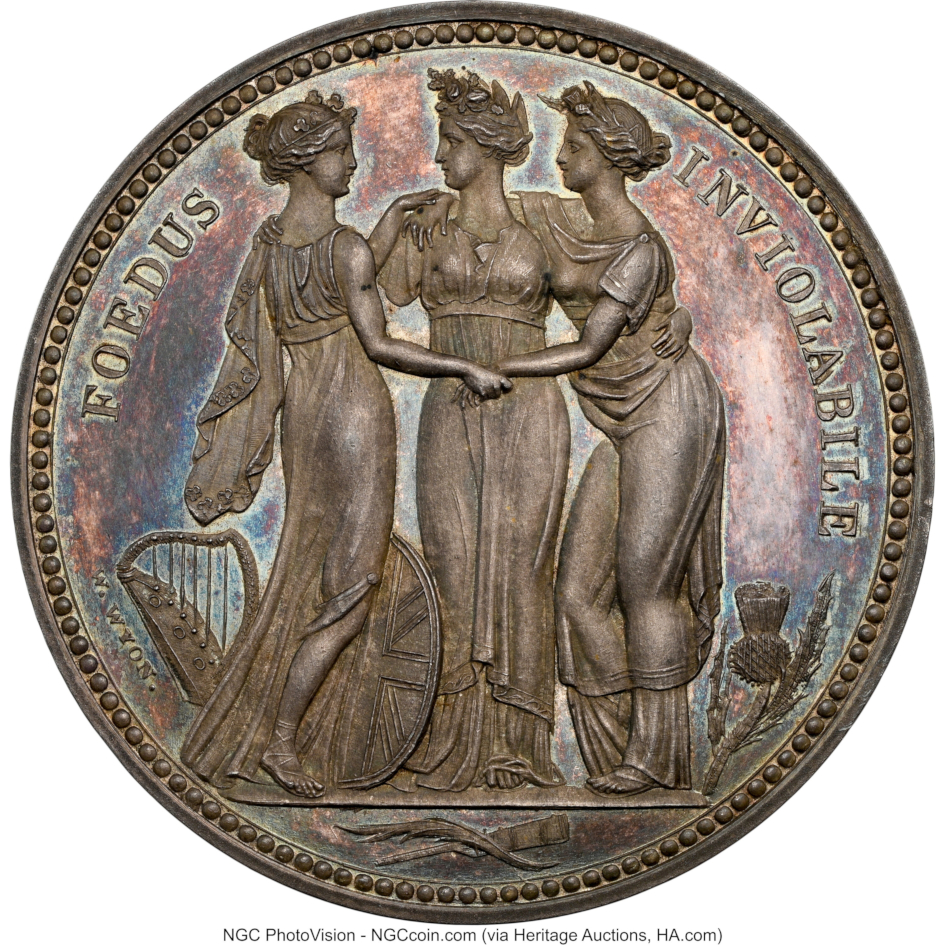
One of the most stunning coins in this whole Platinum session was an 1847 Gothic Crown that was PCGS certified as Proof-67 Cameo. The colors on the obverse are enchanting. After opening at $97,500, there was a suspenseful bidding contest on the floor. Vera Liu of CNG was the successful bidder. She is a former employee of the Goldbergs and is best known to collectors as the lead curator of the exhibits of The Tyrant Collection.
Vera revealed that she was “an agent for a collector.” The $168,000 result might seem high to coin enthusiasts who never saw this coin, which is really superb. It was a fair collector price in the context of current market levels for Gothic Crowns.
The fact that results for British rarities in this auction were very much mixed must be considered with the points that some of these British rarities had recently been offered and most British rarities increased greatly in value from the beginning of the pandemic. The frenzied rush for British rarities has faded, though markets for these are healthy and are holding up for the most part. Also, many pre-1915 rarities from Southern Europe and Southeast Asia have been vigorously pursued by collectors during late 2023 and early 2024.
Copyright ©2024 Greg Reynolds
Images are shown courtesy of Heritage Auctions (www.ha.com).

Download the Greysheet app for access to pricing, news, events and your subscriptions.
Source: Greg Reynolds


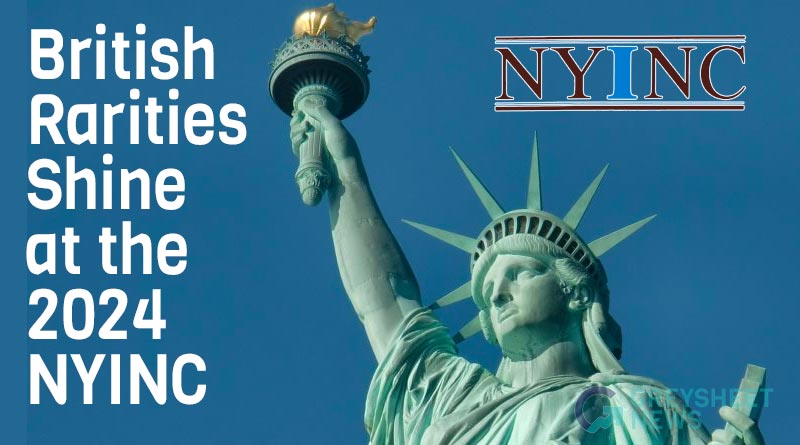
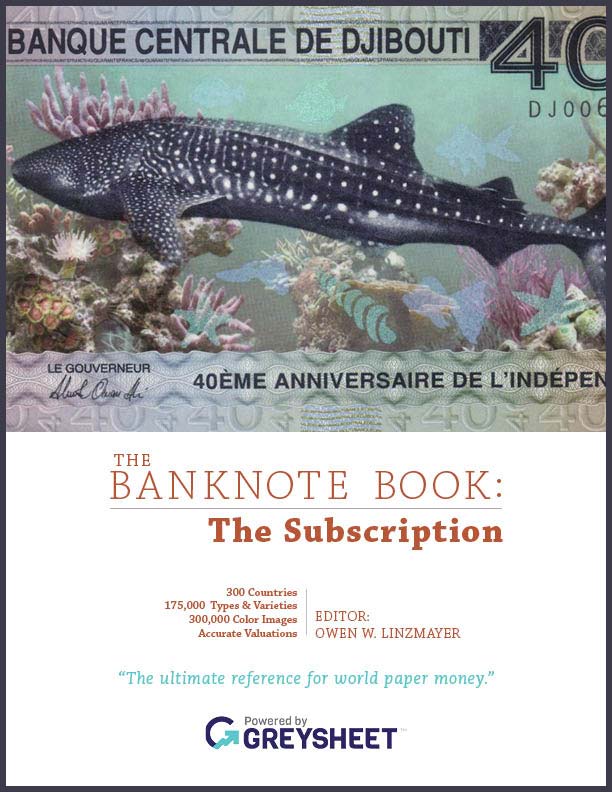






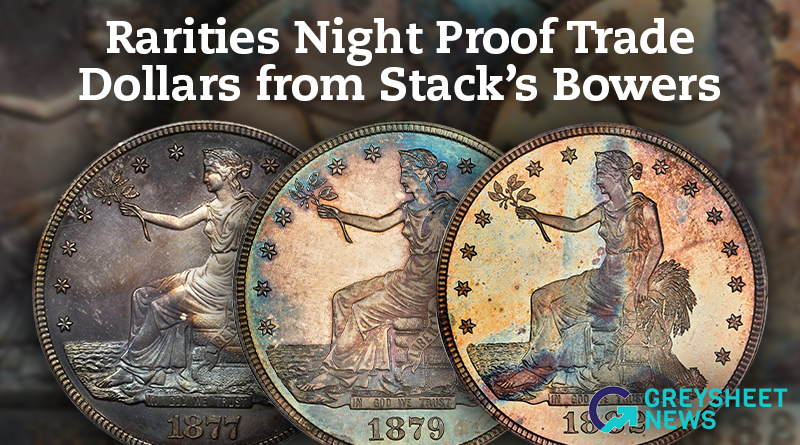
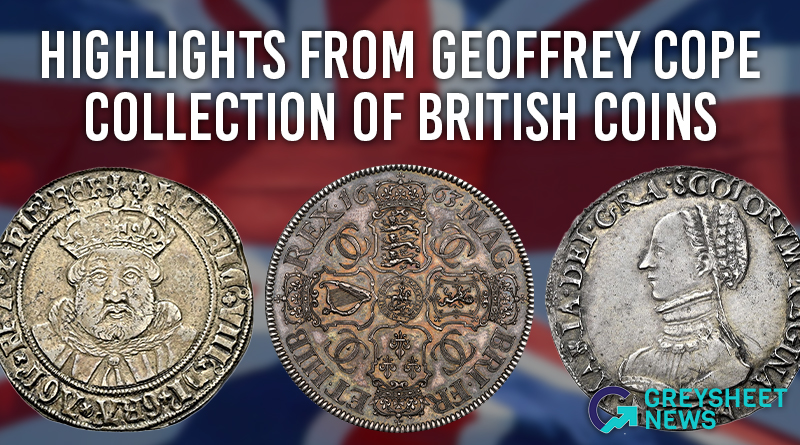
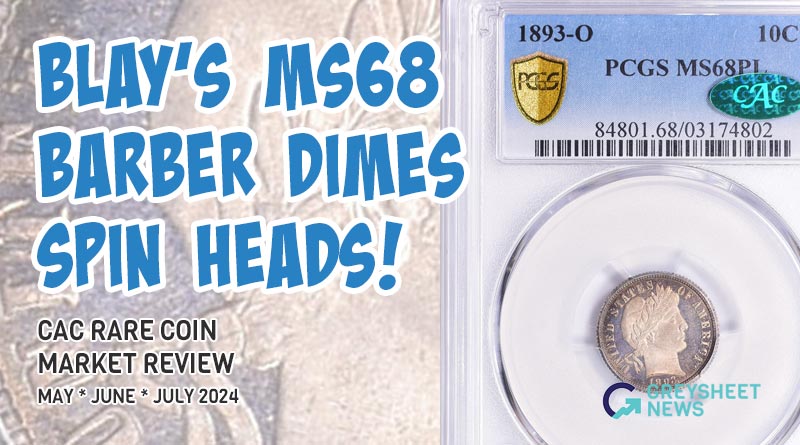
Please sign in or register to leave a comment.
Your identity will be restricted to first name/last initial, or a user ID you create.
Comment
Comments